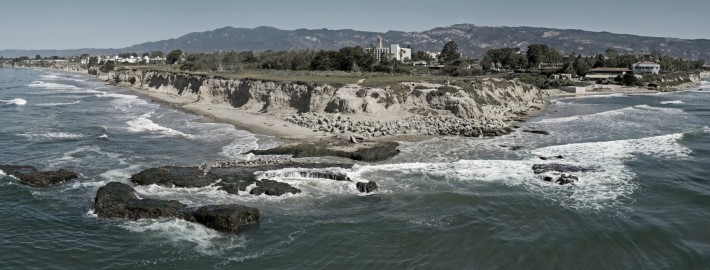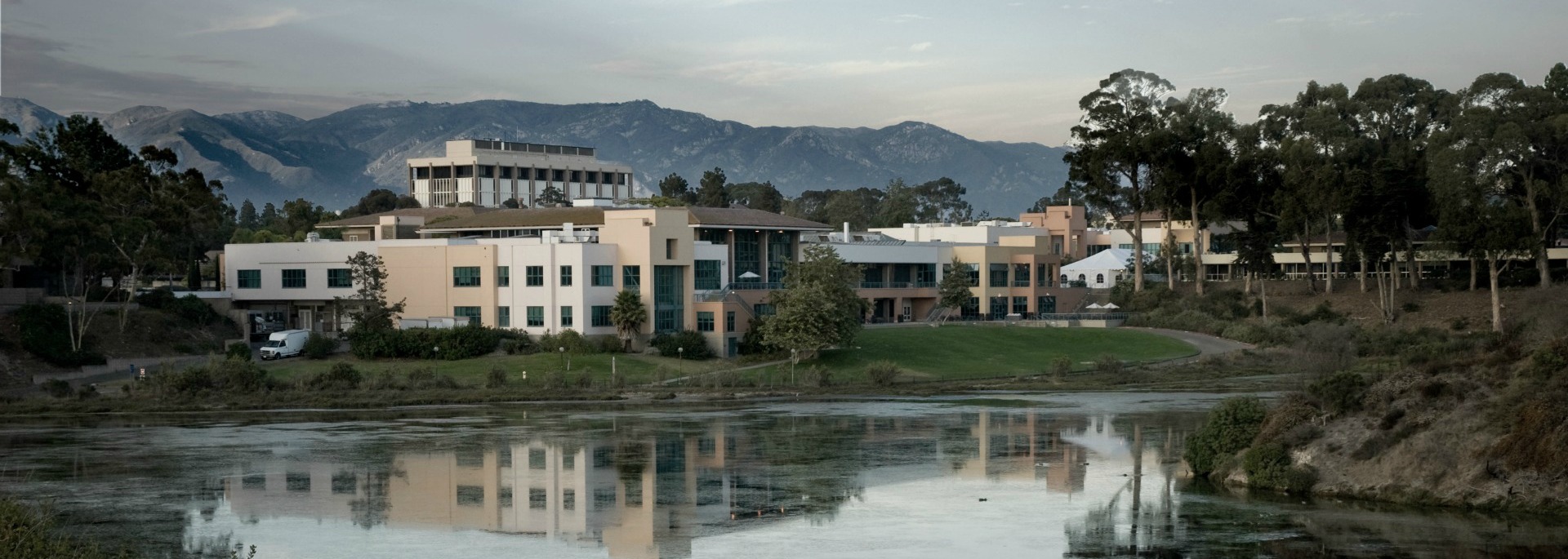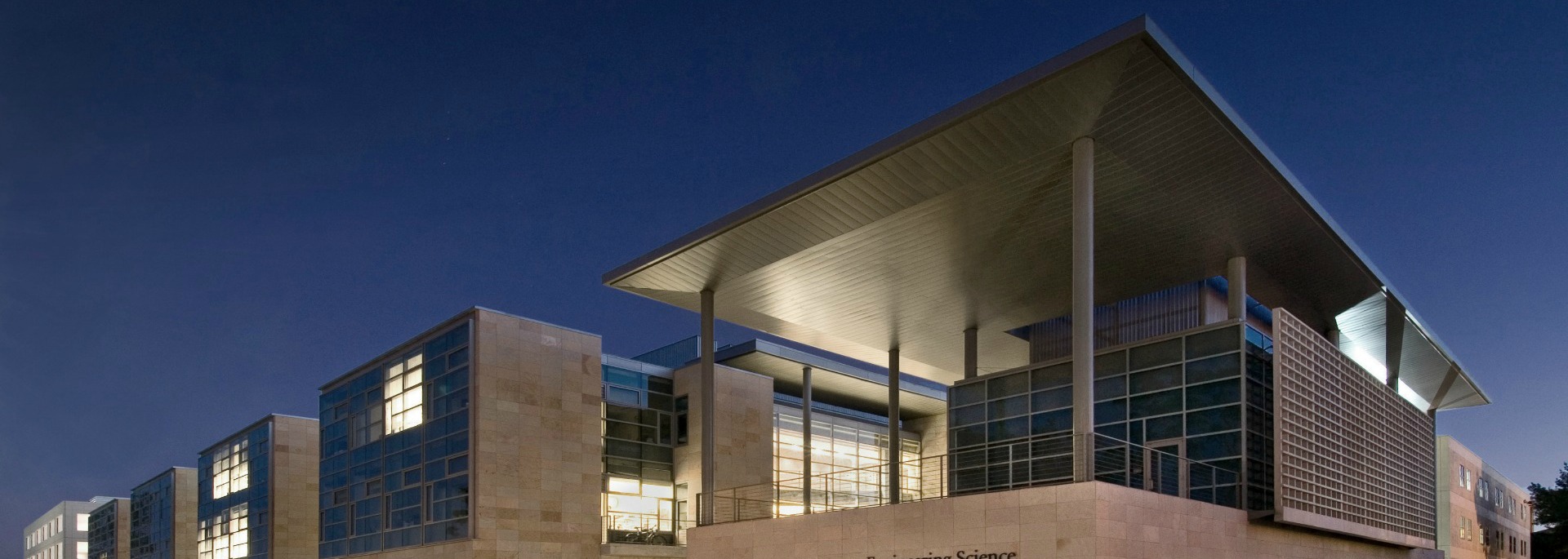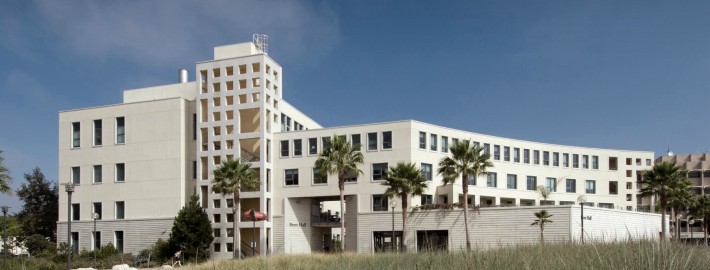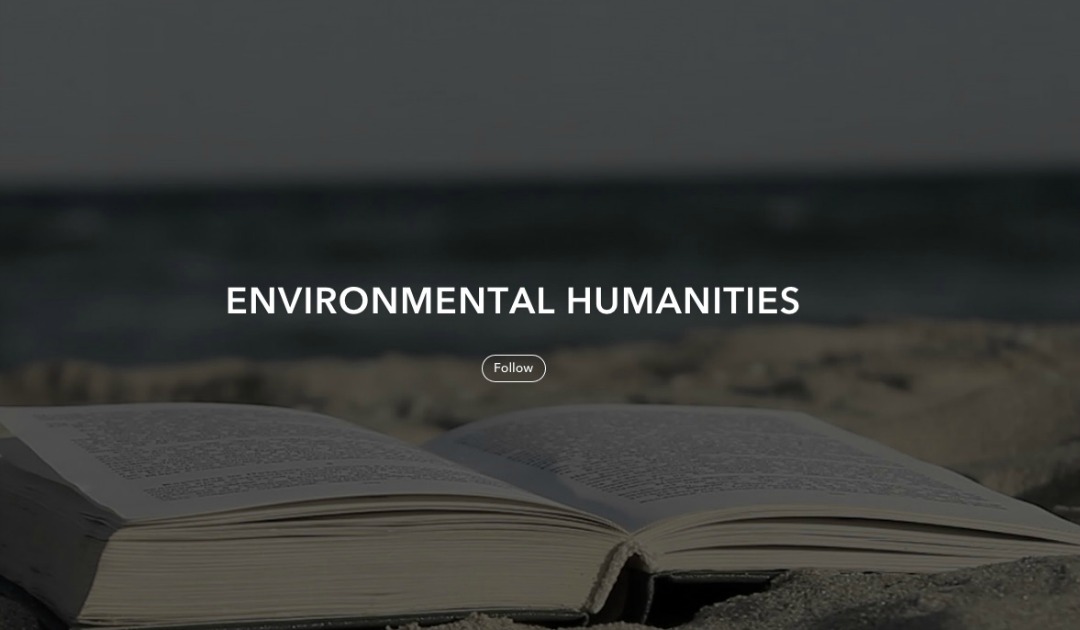UC Santa Barbara Campus, click image for video
Environmental Humanities Initiative
Interested in learning about the environmental humanities?
You’ve come to the right place. UC Santa Barbara is a leader in the field.
The Environmental Humanities Initiative (EHI) fosters and consolidates the diverse environmental humanities programing that takes place at UC Santa Barbara (UCSB). This website provides information about our innovative graduate and undergraduate degree programs, courses, faculty, research, campus events, and much more. Begin scrolling down for brief overviews of this programing and links to in-depth material.
This EHI also provides an introduction to the environmental humanities. Not sure just what the environmental humanities are, or what they involve? This website supplies a range of resources that may be used in the classroom or by anyone interested in learning more. We have selected a number of books, films, and artworks, many of which can be sampled directly from this website, that are of special interest from the perspective of the environmental humanities. For more on these resources, scroll way down.


